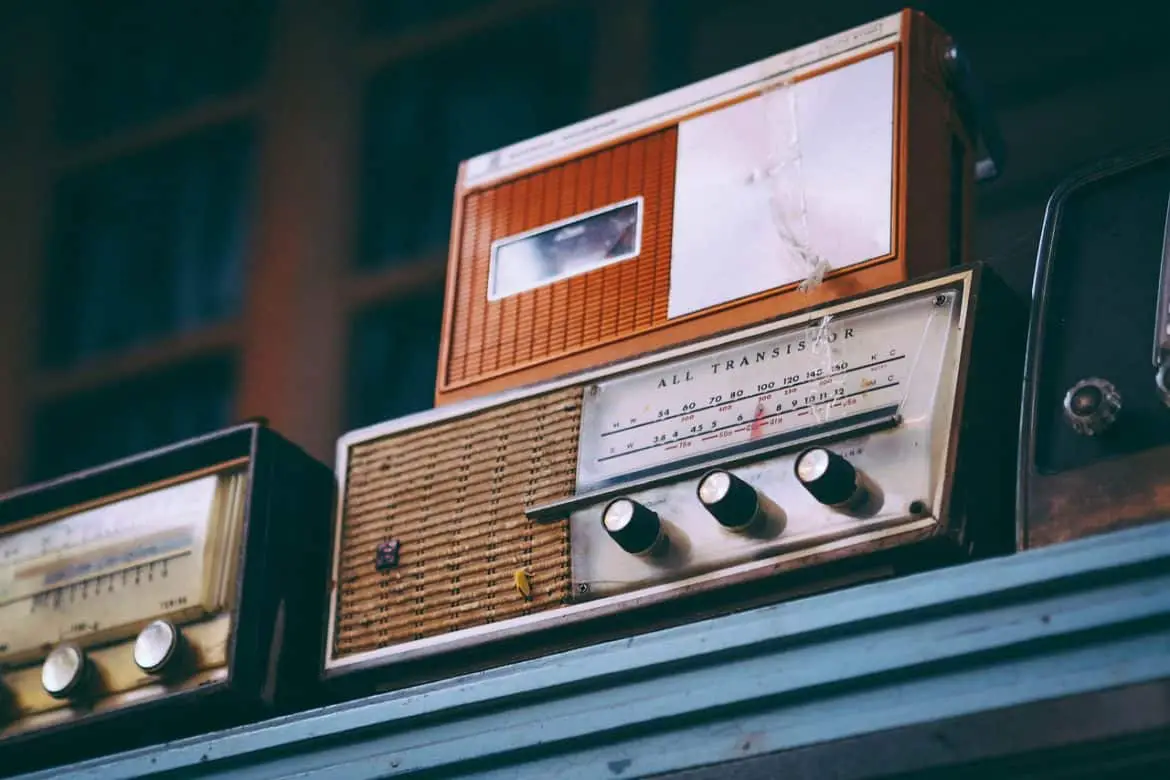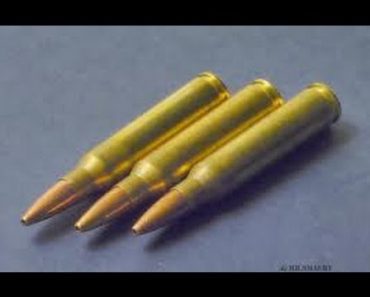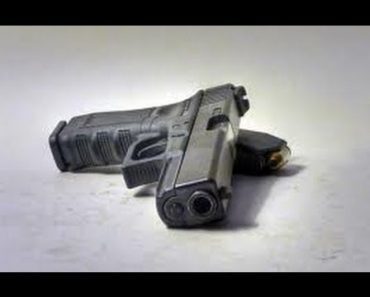You can find these Wouxun Programming programs pretty easily on the internet. However, you may have to log on to a forum or a download site to get the unblocking program. As a service, I figured I would put them all in one spot. My radio is the KG-UV3D model, but I am told the […]
Month: August 2011
How to Deprime Shell Casings
How to Deprime Shell Casings is something that really probably does not deserve its own post. If you cannot figure out how to do it your probably shouldn’t reload your own ammunition. However, I do have a couple things to say: You Can Deprime in Bulk I ended up with lots of brass before […]
Always Physically Check Your Firearm Chamber For Safety
So as I said in my Physically Check Your Firearm Chamber video above, firearm doctrine is created by our understanding of what works and why it works. Some things may seem to be superfluous or unnecessary when our understanding is limited, but as we understand the framework of the system we begin to realize WHY […]
How to Make Green Sand for Casting Aluminum
I needed learn how to make Green Sand for metal casting. If you watched the furnace video you saw me making refractory, and making green sand is about the same process. Simply put, it is a mixture of sand, bentonite clay, and a bit of water. Using this kind of sand is called […]
4 Fundamental Firearm Safety Rules
Firearm Safety is essential. It is not hard to be safe around firearms; it just takes the knowledge of basic safety rules and a little common sense. There are many variations of safety rules taught by differing organizations but they all encompass the same thoughts and goals. The following are what is commonly called […]





